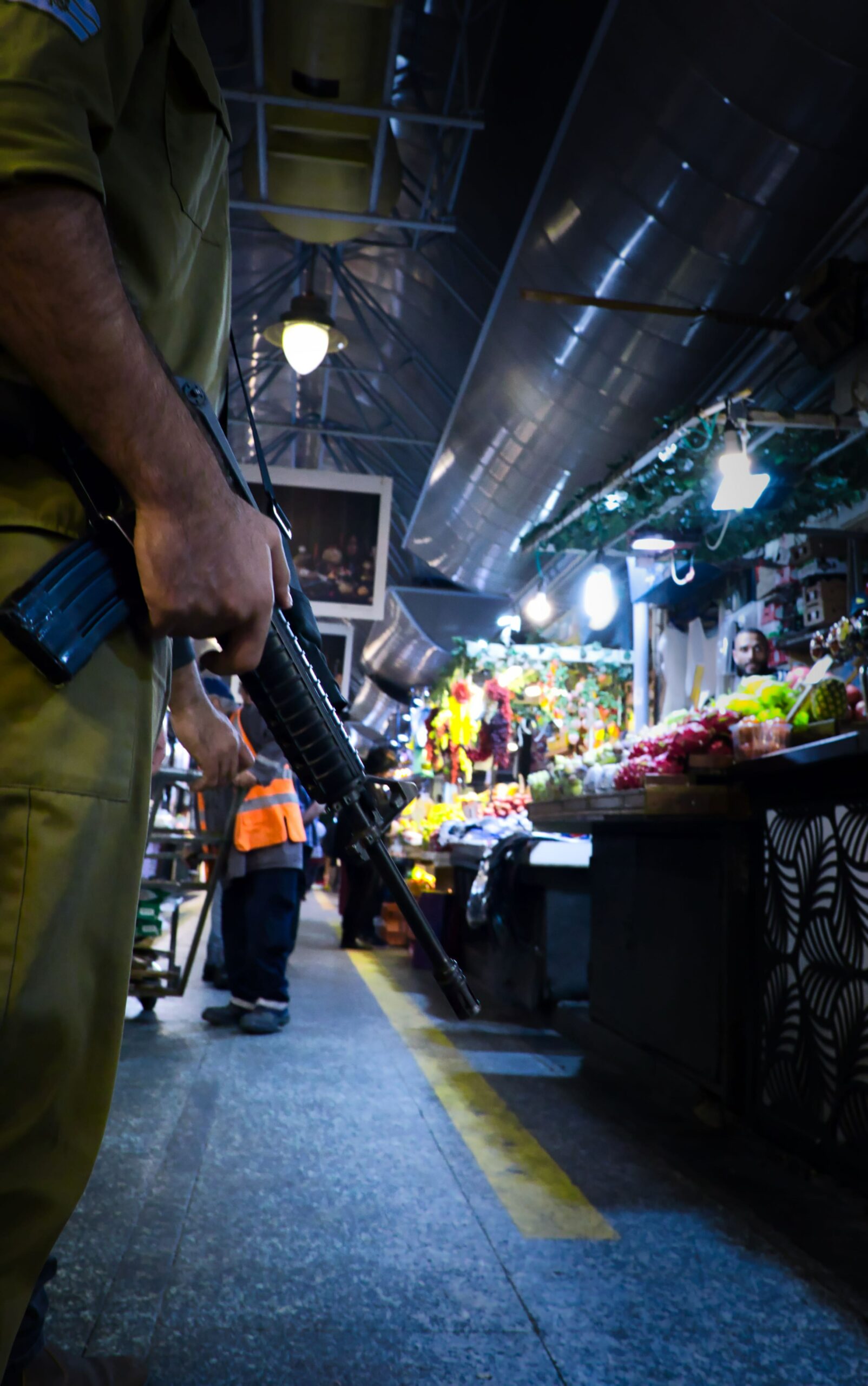The recent events have shed light on Israel’s security vulnerabilities in the physical domain. Let’s investigate the pillars it stood on in the past and see how the new status quo impacts its future.
The attack on Tel Aviv and the outskirts of Jerusalem conducted by Hamas on October 7 has multiple layers to interpret. On one side, it exemplifies the perfect combination of logistics, organization, and execution. On the other one, it directs attention to a surprising scale of failure. Regardless of the future of the government, underlying diplomatic efforts, or persisting external interests amid an imminent retorsion by the Israel Defense Forces, what appears definite is a further securitization as the myth behind the current security architecture’s absolute superiority vanished.
In 2022, Israel has spent 23.4 billion USD on its defense capabilities, which was the 15th highest spending in the world and the 2nd highest on a regional scale (Saudi Arabia spent approximately $75 billion). This spending was backed by 4.5% of the country’s GDP, a relatively high figure if we disregard the extreme cases (e.g., Ukraine). However, it did not constitute a unique example for Israel; if we examine the preceding ten years, Israel has been one of the major spenders in this regard, only bested by the aforementioned Saudi Arabia.

Figure 1: Military Expenditure Spending (Million USD) – Data obtained from: SIPRI
An equally important factor here is that Israel has not only been the user but also the manufacturer of many weapons and assets within its capacity, whereas, for instance, the Saudi Arabian army has greater external dependence. This, of course, relates mainly to the physical dimension of state security. Nevertheless, we need to state that such a high share of states in production, with an increasing volume of international deals, is rather rare. However, in this case, it has a solid historical background. Israeli weapon manufacturing today includes the production of small and submachine guns, assault rifles, grenades and missiles, battle tanks and armored carriers, but, most importantly, artillery and air defense. Arguably, the best-known component here is the Iron Dome, which was supposed to provide protection from air attacks such as the one that occurred on October 7. For the sake of completeness, we need to highlight that the Israeli Air Force has a significant reliance on externally manufactured manned aircrafts, fighters, cargo jets, as well as helicopters (mostly US-produced – e.g., Lockheed Martin or Boeing). Nevertheless, unmanned aerial vehicles currently used are predominantly domestically developed, and the same is the case with naval forces’ vehicles, tools, and weapons.

Figure 2: Israel’s Weapons Export (2013 – 2021) – Data obtained from: OEC
The United States as Primary External Supporter
A couple of state actors have offered to send ammunition and weapons to Israel in the aftermath of the recent events. The United States have already been contributing to its defense capabilities with an annual $4 billion, and it has been its most significant provider of military aid since 1946, with a total sum of $263.6 billion. Shortly after the recent incident, the US opted to send carrier strike groups to the Eastern Mediterranean carrying significant firepower; it also admittedly provides intelligence assets and has already sent at least 45 cargo planes of arms of advanced warfare specifically meant for the environment that the army will face in Gaza. Notably, officials have underlined on numerous occasions that the US itself does not seek to be involved directly in any operation. Even so, thousands of marines, assault, and dock landing ships have been dispatched to the region. However, at this point, these appear to be deterrence tools for other regionally interested actors (state and non-state). This is supported by the overt deterrence projected by President Putin that would be exercised in case of direct US involvement. Another area the two have intensified their cooperation on is the supply of precision bombs and missiles. This concerns the supply of ammunition to various weapons, including the non-US developed ones (e.g., the Iron Dome). As part of the regular bilateral military aid to Israel, most of these have already been ordered priorly, but circumstances have speeded up the delivery process.
European States with Tangible Military Aid
Only a few days after the Hamas attack, the UK has also sent Royal Marines and surveillance aircrafts to back up Israel. Similarly to the US, the Royal Navy also has a permanent presence in the region, which enabled such a swift action. Yet the primary attention around Britain’s involvement was directed towards arms sales. Since 2015, there has been a deal between the two states that involved the purchase of military equipment (including parts of the F-35 fighter jet) by Israel, which has already used these pieces of equipment against Hamas, but, unfortunately, this involved a high number of civilian casualties. The government’s communication does not suggest an alteration in the current course, but protestsaround relevant factories in the UK steer attention to a palpable domestic divide.
Another European state that pledged its support towards Israel and offered military help is Germany, where Chancellor Scholz claimed this to be a “perpetual task,” and leased armed drones have already been sent back to Israel as the discussion on sending lethal weapons and ammunition commenced. As it can be perceived, this is a somewhat slower process, but considering Germany’s historic approach to arms export, this still counts as a significant commitment. On the other hand, President Macron of France – another major European weapons manufacturer – proposed a wider-scale anti-terror agenda while also openly condemning anti-civilian actions; so far, he presented no palpable statement on the issue of military aid.
Conclusion
The recent attack on Israel has fueled the flames of war once again, and it will impact the country’s defense and arms infrastructure over the coming months. This will have an impact outside the region, too, as Israel was an essential provider of arms for many states, including Ukraine. A shift in focus is expected to lead to a realignment of the international market. Recent support further strengthens Israel’s regional position, and it will enhance the country’s defense capacities while even stronger cooperation is expected with some allies in the future.


